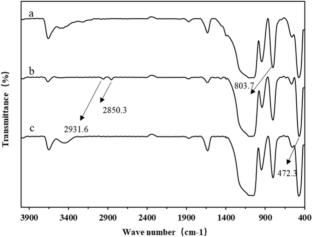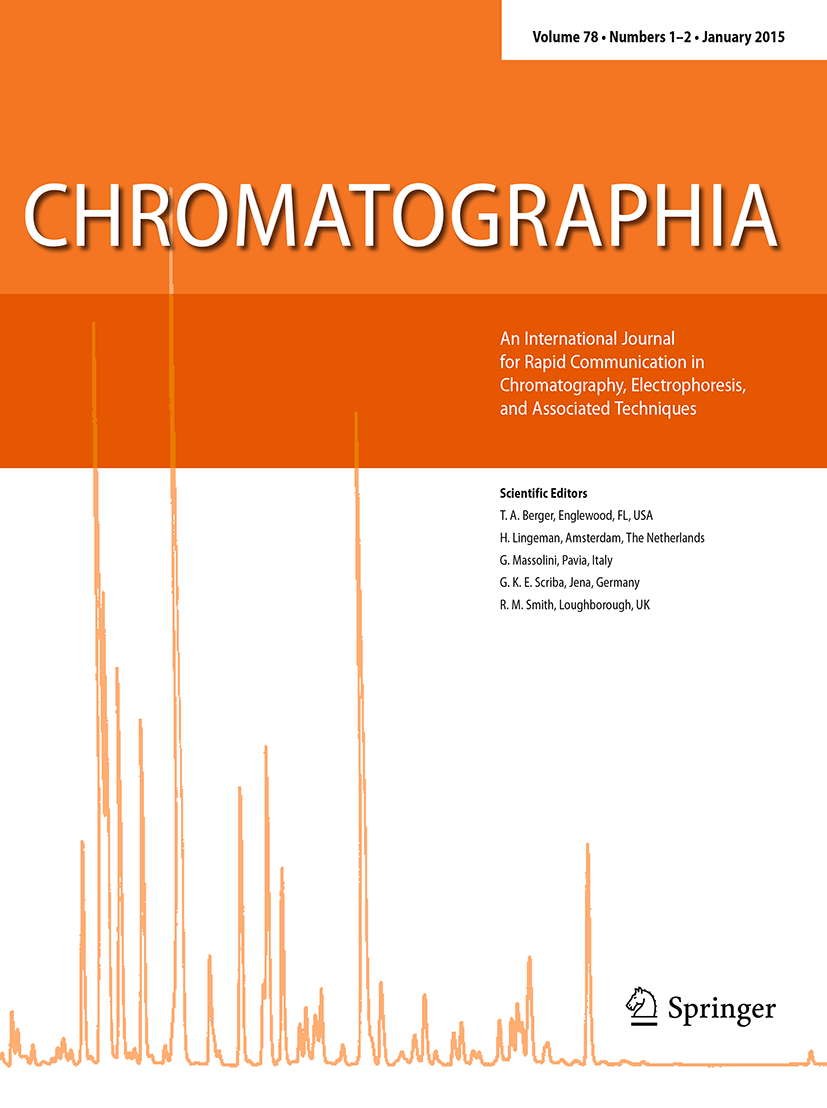Tyrosine-Phosphorylated Peptide Imprinted Particles Prepared by Reversible Addition–Fragmentation Chain Transfer Polymerization and “Epitope” Strategy: Selective Recognition of Phosphorylated Angiotensin II
Abstract
Phosphorylation is one of the most common post-translational modifications of proteins. Recognition of phosphorylated peptides with high selectivity is an important prerequisite for the structural identification of protein phosphorylation. By the application of molecular imprinting technology, a kind of tyrosine-phosphorylated peptide imprinted particles was prepared by the combination of reversible addition-fragmentation chain transfer (RAFT) polymerization and “epitope” strategy that applied in tyrosine-phosphorylated peptides recognition. Phenylphosphonic acid was used as the dummy template of the phosphorylated angiotensin II, which was one of the natural tyrosine-phosphorylated peptides. After the template modified by hydrogen bond with ureidopropyl group on the surface of silica, the surface imprinted particles with controlled and imprinted shell were synthesized by radical polymerization with RAFT strategy. The imprinted particles were obtained after the peptide removed and dithioester group destructed under alkaline condition. The binding capacity of phenylphosphonic acid reached 0.198 mg g−1 with imprinting factor (IF) as 2.70, while the binding capacity of phosphorylated angiotensin II reached 0.792 mg g−1 with IF as 1.96, which were obviously higher than with IF of that without RAFT strategy. Furthermore, phosphorylated angiotensin II could be selectively recognized by the imprinted particles even in presence of angiotensin II without phosphorylated. The performance of the phosphopeptide recognition remained 92% after five cycles of adsorption and desorption. All these results demonstrated that the tyrosine-phosphorylated imprinted particles prepared by combing RAFT polymerization and “epitope” strategy are promising to achieve the phosphopeptide recognition with higher recognition ability, selectivity and reusability.



 求助内容:
求助内容: 应助结果提醒方式:
应助结果提醒方式:


